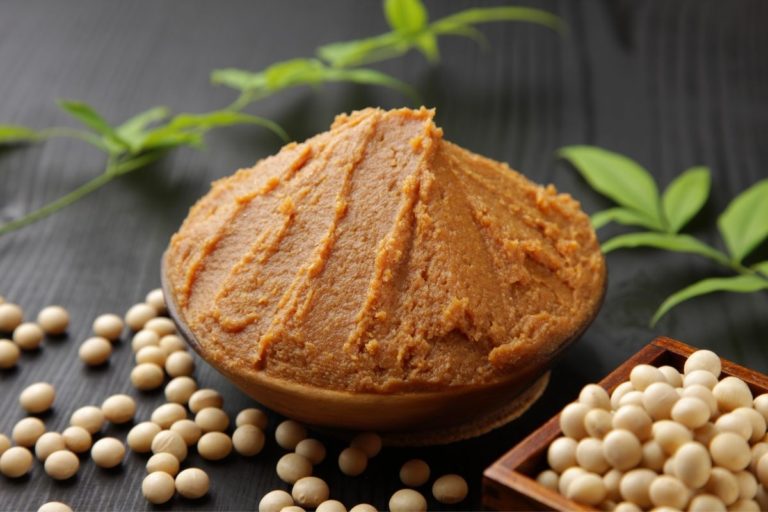

Of course, the most well-known recipe is miso soup, which is actually quite easy to make, requiring only dashi (Japanese soup stock), miso paste, and your choice of vegetables, tofu, etc. Miso paste is a very versatile ingredient and can be used in a variety of ways for different meals. There are said to be over 1,000 varieties of miso, all varying in ingredients, taste, color, and subtlety. While this is a general breakdown, the actuality is much more nuanced. However, the majority of the country prefers rice miso. Miso in Different Regions of Japanĭifferent types of miso are made in different regions of Japan, and therefore, preferences also differ by region.Īs mentioned above, bean miso is largely made in the Chukyo region, and wheat or barley miso is made in Kyushu, Chugoku, and some parts of Shikoku. If there is a consistent amount of salt and a high ratio of rice/barley to soybeans, the flavor becomes sweeter.

The strength of miso depends on the ratios of rice/barley to soybeans and the amount of salt used. Miso usually falls on a scale between sweet and strong, with “low-salt” as an additional category. Taste ClassificationĪs well as ingredient and color classification, miso is also categorized by taste. The color is determined by a range of factors, including the soybean used, the amount of koji (fermentation starter) added, and even whether or not the mixture was stirred during fermentation.

The final color of miso usually falls into one of three categories. Miso can also be classified by its appearance. Mixed miso refers to any miso that is a combination of the three above or miso that isn’t categorized as having rice, wheat/barley, or beans. Wheat/barley miso is often made in southern prefectures while bean miso is prominent in central areas like Nagoya. The majority of miso in Japan falls into the rice miso category, making up 80 percent of the overall production. As mentioned above, some types of miso have a grain added. There are four main varieties of miso in Japan. Due to the culture of local delicacies in Japan, there are many varieties of miso, some of which we will explore below. Miso paste can be used as a base for different Japanese soups and stocks or to enhance and improve the flavor of many foods. Once the ingredients are mixed, the miso is fermented over a period of a few months up to two years. In some varieties of miso, other grains such as rice or barley are also added. So, what is miso? Miso is a simple fermented paste that is made from soybeans, salt, and fermentation starters.
MISO PASTE HOW TO
Keep reading as we delve further into the background and benefits of miso, as well as the many different types and how to use miso in your home cooking. It’s a key ingredient of many different Japanese foods and an important contributor to the unique tastes of Japanese cuisine. However, miso is much more than just the main ingredient of its namesake soup. Many people who enjoy Japanese food will be familiar with the iconic flavor of miso.


 0 kommentar(er)
0 kommentar(er)
